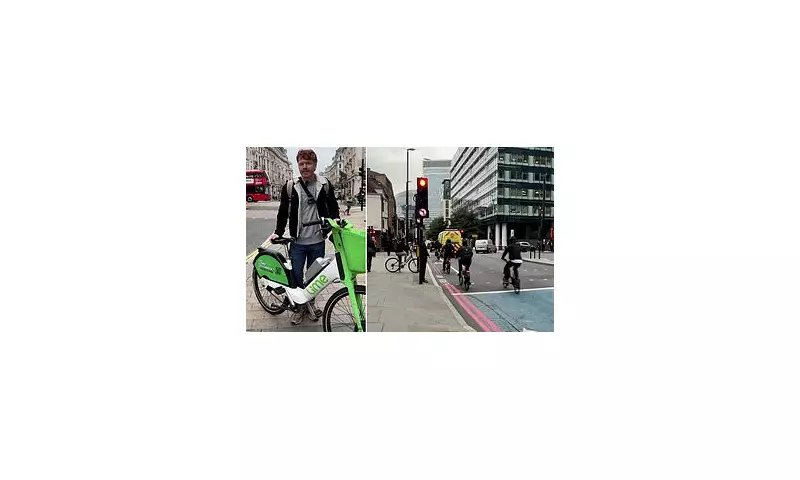
London's streets have become the frontline in a growing transport conflict, with cyclists and pedestrians locked in a dangerous dance across the capital's most notorious accident blackspots. Our investigation reveals a troubling pattern of behaviour that's leaving many questioning whether some riders are prioritising speed over safety.
The Danger Zones: London's Worst Cycling Hotspots
From the bustling corridors of Bank Junction to the chaotic roundabouts of Elephant and Castle, certain locations have earned grim reputations as regular sites for cycle-related incidents. These areas share common characteristics: complex road layouts, heavy pedestrian traffic, and often, confused or aggressive cycling behaviour.
Bank Junction: A Recipe for Disaster
The financial district's labyrinthine streets create a perfect storm for accidents. With delivery riders weaving between taxis and commuters cutting corners to beat the lights, pedestrians often find themselves caught in the crossfire. Recent changes to traffic flow have only added to the confusion, creating new hazards for everyone using these historic streets.
Elephant and Castle: Roundabout Roulette
This notorious interchange remains one of London's most feared locations for cyclists and pedestrians alike. The complex multi-lane system, combined with impatient drivers and cyclists taking risky shortcuts, creates daily near-misses that could easily turn tragic.
The Human Cost: Pedestrians Speak Out
"I was nearly knocked down twice in one week by cyclists jumping red lights," says Sarah Wilkinson, a regular commuter through Holborn. "They come out of nowhere, often on silent electric bikes, and don't seem to care about anyone else's safety."
Elderly residents and parents with young children report feeling particularly vulnerable, with many now avoiding certain routes altogether due to safety concerns.
Cyclists' Perspective: A Different View
Not all cyclists fit the 'arrogant' stereotype, however. Regular commuter Mark Thompson defends his fellow riders: "We're just trying to get around safely too. Many drivers don't give us enough space, and pedestrians often step into cycle lanes without looking. Everyone needs to be more aware."
Infrastructure Issues: Are London's Streets Fit for Purpose?
Transport experts suggest the problem runs deeper than individual behaviour. London's piecemeal cycling infrastructure creates confusion and conflict points where different road users converge. Inconsistent lane markings, sudden endings of cycle paths, and poorly designed junctions all contribute to the danger.
What Needs to Change?
- Better separation between cyclists and pedestrians in high-risk areas
- Clearer signage and road markings
- Consistent enforcement of traffic laws for all road users
- Improved education for both cyclists and pedestrians
- Redesigned junctions with safety as the priority
As London continues to promote cycling as a sustainable transport option, finding solutions to these safety concerns becomes increasingly urgent. The alternative is more injuries, more conflict, and a city where people don't feel safe on their own streets.





